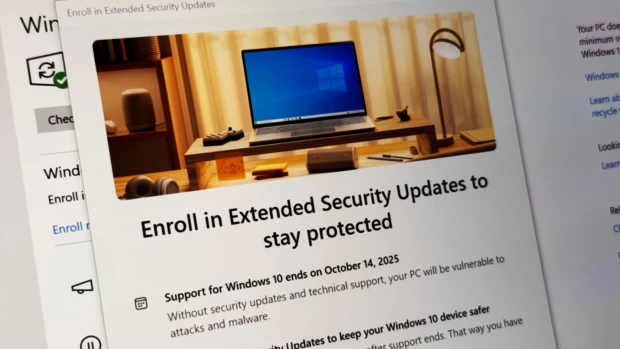Los Angeles is seen as one of the most glamorous cities in the world, where you can expect to be rubbing shoulders with the stars as you do your week's grocery shopping. What people don't always realize is that Los Angeles actually has a considerable amount of crime to deal with on a daily basis. Indeed, the LAPD are as common in movies as the NYPD, being two of the most recognizable acronyms you could expect to see. Obviously, in a city known for its high class the police need to be highly efficient in dealing with crime.
This is where a computer comes in. Human analysts can only do so much, and a computer can do more. With the right algorithms a computer could be a highly effective arsenal in preventing crime, as well as solving it. According to a company deploying the technology used to predict crimes in Los Angeles, the software has already proven itself to be twice as accurate as human analysts. An area known as the 'Foothill district' by the police was used as the testing bed for the software, to see if it really could work. The LAPD began to focus some more manpower in the area. The area then experienced a 25% reduction in crime, so something is working.
The algorithm works by having previous crimes fed into the system, and from this it can determine more about potential areas at risk. It can be accurate to within 500 feet, and can factor in crimes from years before. If it works as well as it has, criminals are going to have their work cut out for them being more unpredictable. How can you be more unpredictable against a system which knows more about committing crime in the city than you do? The Foothill district is one that was previously plagued by criminality, so the fact that anything has changed is kind of a big deal. With the computer planning out patrols for the officers as well, they can spend more time patrolling and catching criminals.
The crime rate could be dragged down further, still kicking and screaming and hurling obscenities at the police, but it's coming down and that's what counts. The technology was in use from November 2011 until April 2012 to trial, and has been successful enough to expand further across the city, and even into other cities as well. The future of policing might not be RoboCop, but criminals are still going to have their work cut out for them if the successes continue with the software.
Source: Technology Review




















8 Comments - Add comment